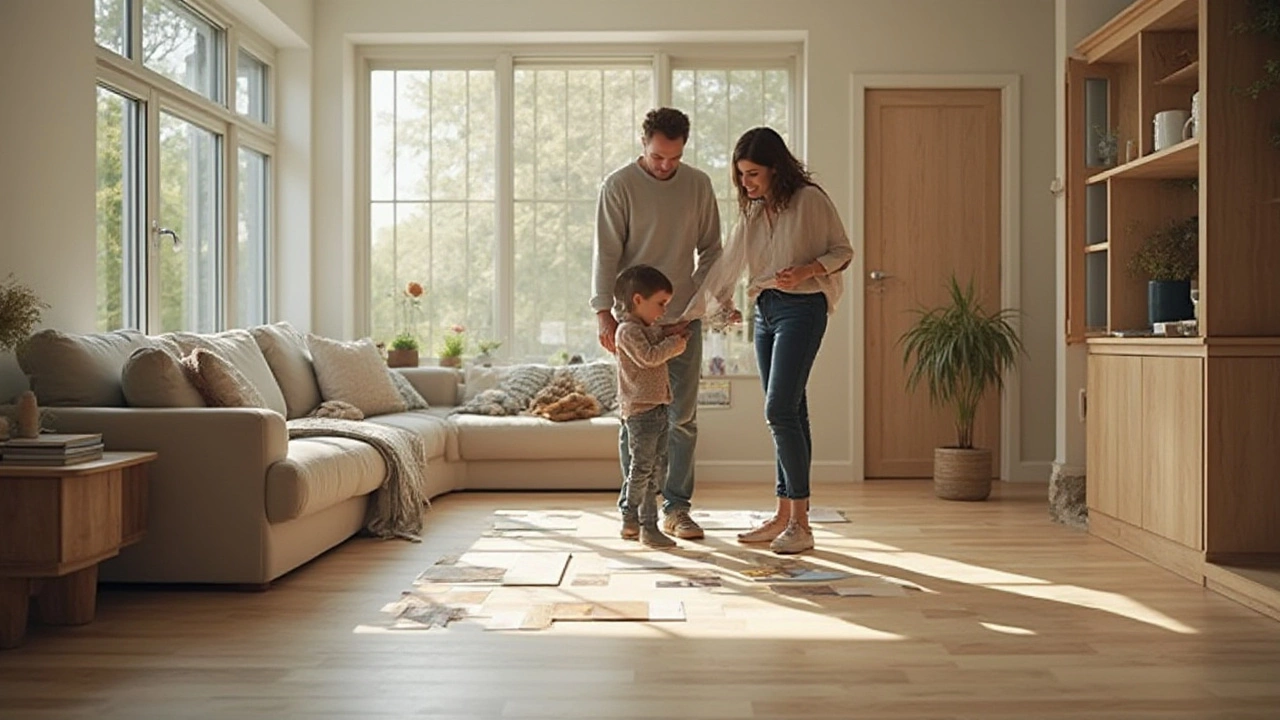Flooring Tips – Simple Advice for Every Homeowner
If you’re staring at a blank room and wonder which floor will look best, you’re not alone. Picking, installing, and caring for flooring can feel overwhelming, but it doesn’t have to be. Below are the no‑nonsense tips you can use right now, whether you’re a first‑time DIYer or just want to keep your floors looking fresh.
Choosing the Right Flooring
Start with where the floor will live. High‑traffic areas like kitchens and hallways need a durable surface – think vinyl plank, engineered wood, or porcelain tile. For cozy bedrooms, a softer carpet or real hardwood can add warmth. Don’t forget moisture: basements and bathrooms love water‑resistant options like luxury vinyl or ceramic tile.
Next, think about budget. Vinyl plank gives the look of wood for a fraction of the price, while solid hardwood can run higher but adds resale value. If you’re on a tight budget, laminate offers a decent look and is easy to install.
Finally, match the style to your home. Light‑colored floors open up small rooms, while darker tones create drama in larger spaces. Pull a paint chip or fabric swatch onto a sample board and place it on the floor to see how the colors interact under natural light.
Installation and Maintenance Hacks
Before you cut any boards, prep the subfloor. It should be clean, level, and dry. A quick check with a straight edge will reveal any high spots – sand them down or use a leveling compound. This step prevents squeaks and uneven wear later.
When laying planks, leave a 10‑12 mm gap at the walls for expansion. Use spacers and cover the gap later with trim or skirting. For tile, a thin‑set mortar spread with a notched trowel gives an even bed, and a rubber mallet helps each tile sit flush.
Seal the seams. For wood, a quality polyurethane finish protects against spills. Vinyl and laminate often come pre‑finished, so just keep them dry. A quick wipe with a damp cloth after spills prevents staining.
Maintenance is simple when you set a routine. Sweep or vacuum at least once a week to remove grit that scratches surfaces. Mop wood or vinyl with a cleaner made for that flooring type – never use harsh chemicals. For carpet, a deep clean every six months keeps it looking new and reduces allergens.
If a board or tile cracks, don’t panic. Small hardwood scratches can be sanded and refinished, while a single broken tile is swapped out with a matching spare. Keep a few extra pieces from the original purchase; they’ll save you a trip to the store.
Lastly, protect high‑traffic spots. Use indoor sliders under heavy furniture, and place rugs at entryways to catch dirt. These small steps extend the life of any floor and keep your home looking polished.
With these flooring tips, you’ll move from confused to confident, whether you’re buying new flooring, installing it yourself, or just keeping it in top shape. Ready to start? Grab your tools, pick your favorite style, and enjoy the transformation.

